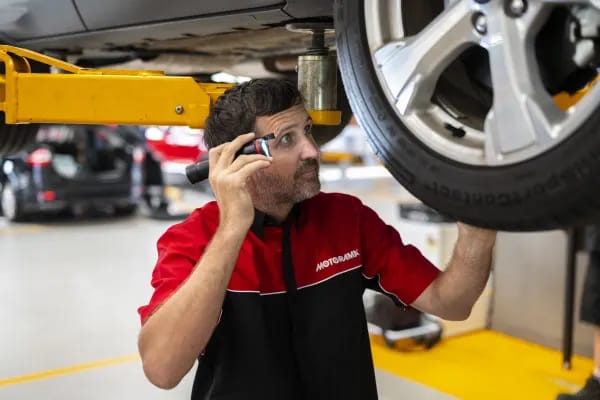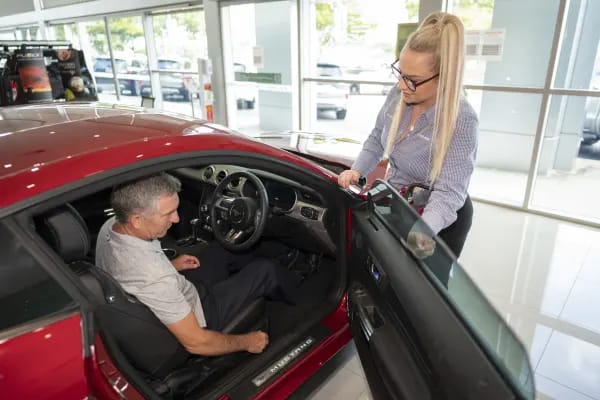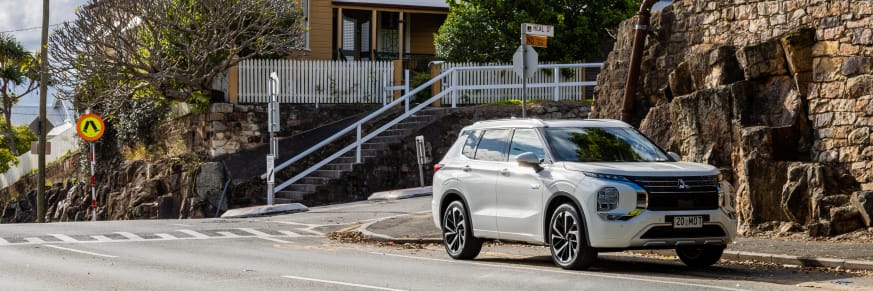
How to Calculate the Trade-in Value of Your Vehicle
Posted in Buyer Advice
How to Calculate the Trade-in Value of Your Vehicle
The time has come to upgrade your car, and you’ve got your eye on a few options. But how can you work out how much your current car is worth?
Unless you’re buying your first, or adding a second vehicle to the family, you’ll most likely be trading in your current car in order to combine with your savings to get into a new set of wheels.
It can be confusing to figure out what your car is worth: you might feel like you’ve taken the best care of it, added all the options on it and it might comes as a rude shock if you’re offered less than top dollar when you come to trade it in.
Our expert valuers see hundreds of cars traded in a year, and they have a guide on how to calculate the trade in value of your car relative to similar vehicles.
POPULARITY WHEN NEW
If you take a look at the five most popular car brands sold in Australia over ten years, there will be very little change in the make up. You can also draw a line directly to used cars of similar classes that have higher than usual resale values – that is, a sale price relative to their original cost.
This is due to several reasons. First, if a car is popular when it’s new, it is usually a proven commodity to used car buyers so it can be sold at a more competitive price. Second, insurers can lower prices when there are lots of examples of a particular car on the road, which in turn can provide more of an incentive to lenders to loan money if you take out a comprehensive insurance policy.
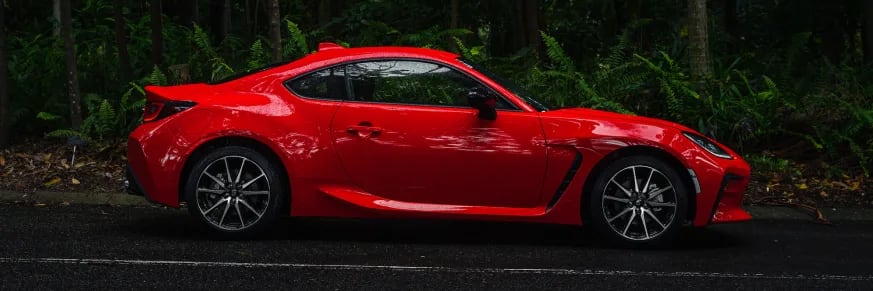
BODY STYLE AND SHAPE
When a valuer looks at a car – either as a trade-in, or on a wholesale yard – they have to assess whether they can turn that car around to sell with minimal fuss. When they’re appraising a vehicle, they will have a ballpark figure in mind based on market values of similar cars, before taking a closer look at the overall condition to provide a more accurate trade-in figure.
Often a car comes in for a ‘refresh’ after a few years on the market, to change the look, add more tech and safety gear and help keep sales up in line with competitors. This usually means a new look for the car to make it stand out – but you can often pin point a more significant drop in values for older models when a car is ‘facelifted’ than just a different model year.

OPTIONS AND ACCESSORIES
Additional options can quickly tack on extra zeroes to the end of your invoice total when you’re buying a car, but it is sometimes a shock when that doesn’t translate into the same added value when it comes to trade in time.
Modern cars have all got similar options – with the biggest differences between models being added safety features or tech upgrades. Even entry models now get convenience features that were restricted to top shelf cars 5 years ago – so it makes it harder to translate into an noticeable bump in trade in value when its up against the masses of used cars on the market.
Accessories, too, can seem like they’re not worth the cost when they don’t add the thousands of dollars to your cars trade in value. This has more to do with the specific fit for purpose that accessories add. For example, adding a bull bar may be appealing to a lot of buyers, but something very specific like drawers and shelving in the back of a canopied ute which take up load space might be a drawback for many used car buyers.
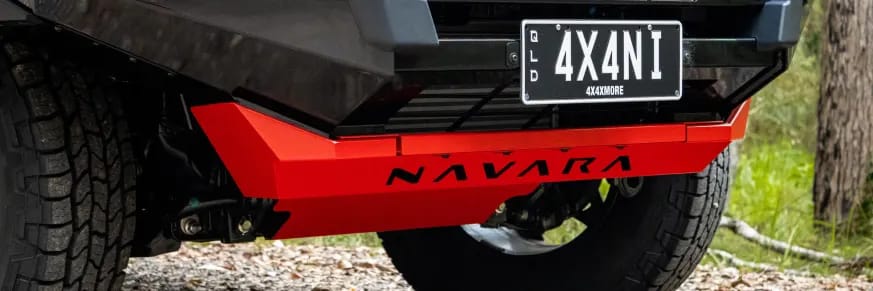
HOW YOU USE IT
Any guide to buying a used car will tell you to look at the service history, as well as tell-tale signs of how a car has been used. Paint bubbles can point to poor accident repairs as well as rust, oil that isn’t in good condition means that the bonnet hasn’t been lifted for a service in a while.
But even a car in pristine condition on the surface can hide a poor driving history. For example, if you head to a wholesale vehicle auction, cars that have previously been used on a mine site or as part of a rental car business are less desirable due to the harsher conditions that they have to drive under. Similarly, if your car has higher than average kilometres for it’s age, or visible wear and tear from use it will attract lower trade in values – which is why it’s so important to keep your car looking as new for as long as possible.
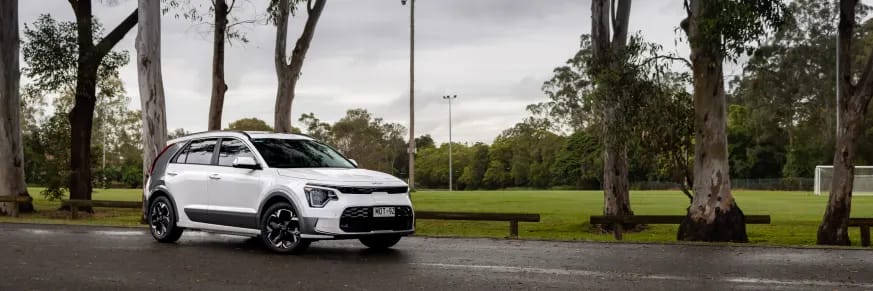
MANUFACTURER REPUTATION
Even a budget new car is at least $15,000 – but brand snobbery still exists from drivers who have pre-conceived notions about certain cars that cloud logical decision-making.
For example, Korean cars were, for a long time, thought of as disposable cars and some buyers still hold on to that even though brands like Kia have become just as reliable, safe and stylish as the ‘mainstream’ brands that have been selling in Australia for longer.
Unfortunately, if you happen to own a car that is from a period of time where a brand has had less than stellar reputation – it may fetch a lower than usual trade in value. Even if your car has been as safe as houses, many used car buyers will still believe the prevailing stereotypes – so it will be harder to sell your car.
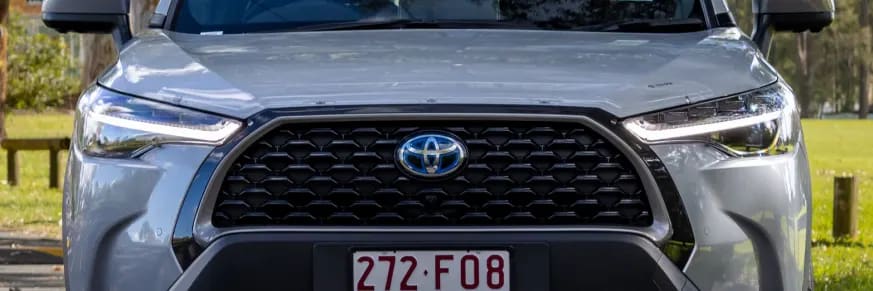
MAINTENANCE COSTS
As cars get older, most of the time they start to cost more to repair and service. This is rooted in a number of issues like the increasing scarcity of parts or more complicated labour needed. This has to be factored in whenever you’re buying a car – and when you’re trading in a car, the valuer will often look over any parts that look like they may need replacing soon (like tyres, filters etc) and consult a service schedule to see if any major service items are coming up.
You can maximise your trade in value by keeping your car well maintained, as well as regularly serviced – a build up of skipped services mean that a major service is needed sooner rather than later which could provide a big negotiating chip for private buyers and a deterrent for valuers to skew higher with their offer.
In order to calculate the trade in value for your car, you can look at vehicles of a similar age and condition as well as general figures – and if you need any help, our appraisal experts can give you a no-obligation quote on your vehicle while you browse the dealership or even when you’re in for your next service!

